ISSN ONLINE(2319-8753)PRINT(2347-6710)
ISSN ONLINE(2319-8753)PRINT(2347-6710)
S.Archana Mala1, Mrs.N.Leela2,
|
| Related article at Pubmed, Scholar Google |
Visit for more related articles at International Journal of Innovative Research in Science, Engineering and Technology
In public transportation system at present we use paper tickets which are printed by a small machine with a key pad. This process needs man power and we don’t know the details of the passengers using the public transport. In our proposed system automatic ticketing uses a digital ticket (smart card). It has details about the passenger and it is swiped while entering the public transport and the destination is selected via key pad. The amount is reduced from the passengers account according to the distance. All these details are stored in EEPROM. Then using GPS the position is known and a buzzer is triggered when destination is reached.
Keywords |
| Global positioning system, ARM, visual odometry, PTN operator, Radio frequency identification |
INTRODUCTION |
| Automated Fare calculation for Public transport system is an Economic and Management Approach for Transit system. This provides a wealth of resourceful information to everyone with interest in mass transit. In Automated fare collection system, the unit has 2 modes; Admin mode and User mode. Every time the unit is switched on, it will give a welcome note with mode selection. The modes are selected via keypad interfaced. When the admin mode is selected, it gives two options; Location Fixing and Add User. |
| In Location fixing the GPS is used to find the locations and will saves the location details like latitude and longitude values to the EEPROM. When the add user option is selected, the admin can add new user along with his recharge details and saves those in to EEPROM. When user mode is selected, the user can show his unique digital ticket and can select the destination. The unit will automatically reduce the fare from his account and will update the data into the EEPROM. When the user reaches the destination, the vehicle stops and triggers a buzzer. |
RELATED Work |
| Intelligent vehicle for public transport is one of the research areas. Here global positioning system plays an important role to find positions. In certain urban areas there may be some errors to find the location so an alternative approach is visual odometry [1]. Where vision based algorithms are proven to track the position of the vehicle over a long distance using sequence of images without prior knowledge about the environment. But the results have some disadvantages in alternate weather conditions so GPS holds best when compared to others. Control strategies based on expert rules and fuzzy logic are used to control the departure time, interval between two vehicles and delay occurred due to traffic. The parameters of fuzzy controllers were tuned through a particle swarm optimization algorithm [2]. |
| Another alternative approach to GPS is the use of PTN operator with positioning sensors to give on-trip personalized navigation information [4]. Here unknown destination location for infrequent users can be found using positioning sensors. This proves to be a motivational driving factor for the public to prefer it over other modes of transportation. Mobile ticketing model comprises of a registered mobile subscription either prepaid or postpaid [5]. By scanning mobile phone number at the entrance or exit of the vehicle the traveler identity is known then according to the distance travelled by the passenger the amount is reduced from the balance in the mobile. The affecting factor of this system is the use of smart phone. People with normal phone cannot use this technology. |
EXISTING SYSTEM |
| At present we use paper tickets for public transport which is ejected from a handy machine. This machine is interfaced with a keypad and has tickets rolled inside it. When the destination is selected via keypad corresponding details are printed on the ticket and then ejected out. This whole process needs manpower. There are three main disadvantages in the existing system. First the need of manpower that is every time when a passenger travels a public vehicle a person is needed to issue the ticket, then the passenger details are not known and for unusual users the destination points are unknown. Knowing the details of the passenger is essential in the case of any public issues. Infrequent users do not know the actual destination where they must reach so they need a device which intimates there location. These three disadvantages are overcome in the proposed system. The handy machine is shown in the figure 1. The conductor using the machine is also shown in the figure 2. |
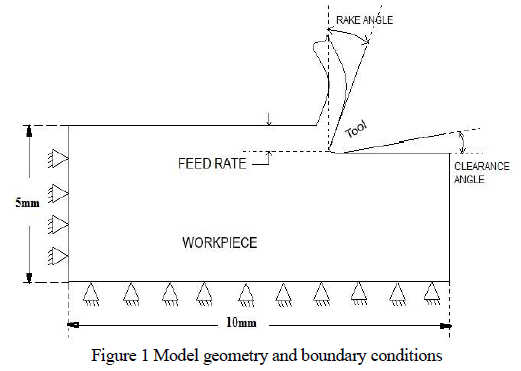 |
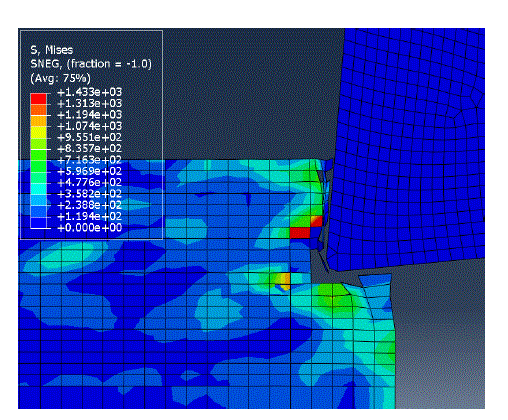 |
PROPOSED SYSTEM |
| In our proposed system automated fare collection system no man power is needed. All the passengers are provided with a smart card. The smart card carries a number which is issued on the basis of any proof of the passenger it may be a driving license or a pan card or a ration card. Hence on any public issues the system can be checked for the passengers list. The smart card has an account balance if the balance is reduced the amount is top up again. Then a system is fixed in the public transport. When a passenger enters the public transport he would swipe the smart card and choose the destination through the keypad. Hence swiping and choosing is done by the passenger all other work is carried out by the system. The system calculates the distance between entry and exit point. Then according to the distance the amount is reduced from the passengers account. Using GPS the location is found and a buzzer is triggered at the destination then the same location is displayed in the LCD. This is very useful for unusual users travelling to an unknown location. The basic block diagram is shown in the figure 3. |
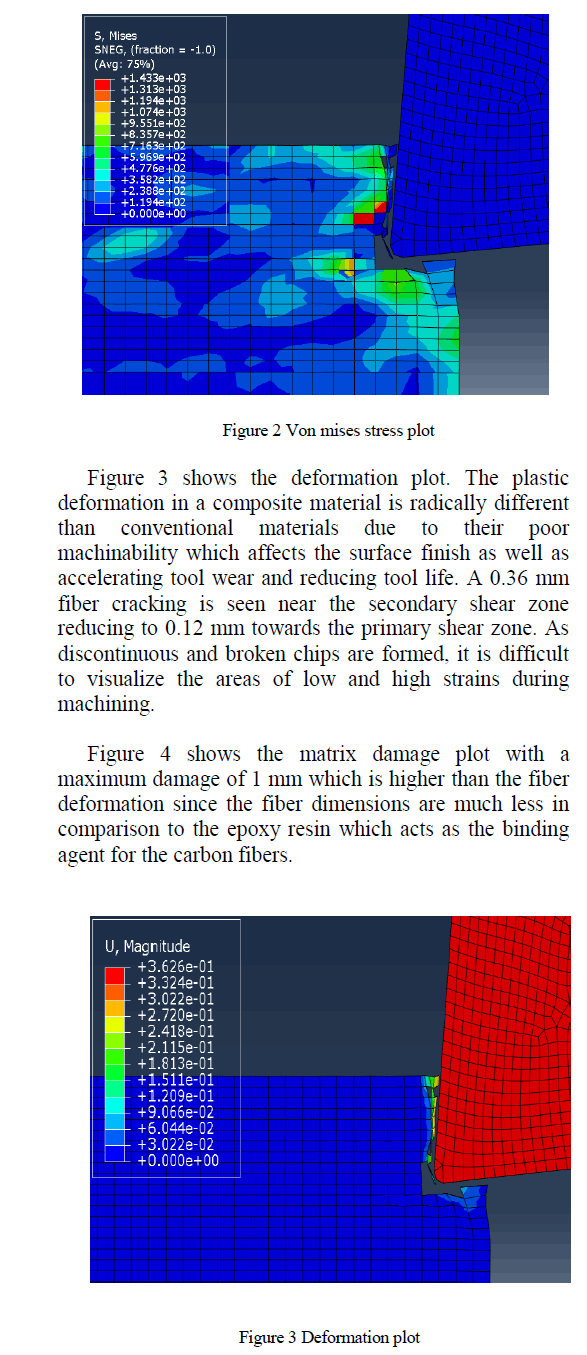 |
DESIGN OF THE PROPOSED SYSTEM |
| The proposed system is designed using proteus software and C Program is written in keil μvision. The written program is embedded in ARM LPC2124. Programming is done to calculate the distance between the entry and exit point. For certain distance particular amount is stored in the memory initially. Then according to the distance the amount is reduced from the passengers account. Input to the program is the GPS value at the entry and exit locations. In the design part ARM LPC2124 is interfaced with LCD, keypad, motor and UART. In the software part LPC2129 is not available so an alternate to that LPC2124 is used. LCD is used to display a welcome note once the system is on. LCD is parallel interfaced to the processor. Then it offers mode selection. Using keypad the mode is selected. The card is swiped in user mode then destination is chose via key pad. Motor can be controlled through the program. A particular key can be assigned to start and stop the motor. L293D is a quadruple half driver which is used with motor to enhance the supply from processor to run the motor. The design is shown in the figure 4. |
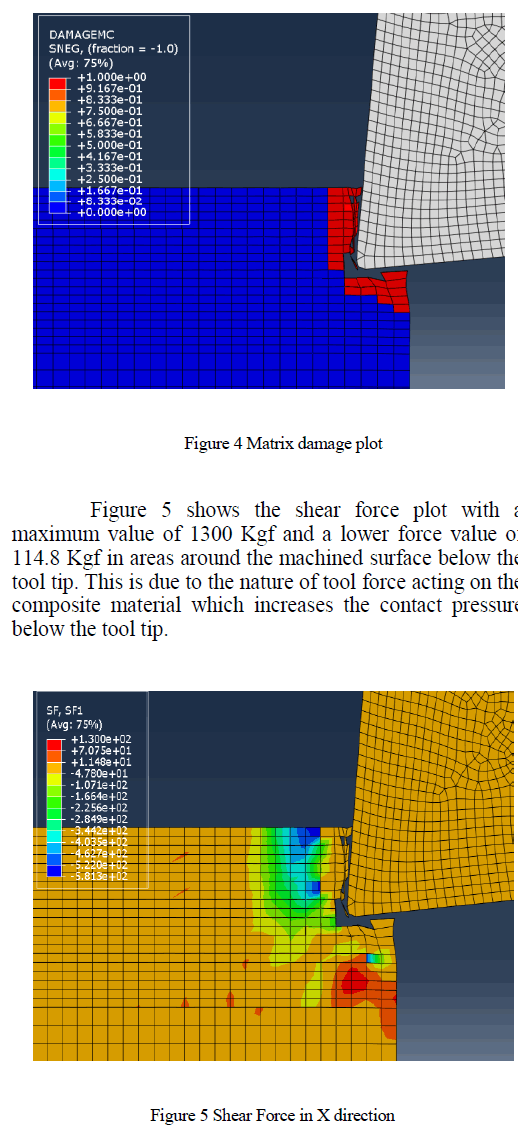 |
PROTOTYPE RESULTS |
| The block is implemented in hardware where ARM 7 LPC 2129/LPC 2119 is used as the main processor. When compared to other processors this type uses low power. RFID tag is used as the smart card or the digital ticket. A RFID reader is present in the vehicle unit so that the digital number is accepted by the unit. Parallel interface is done between LCD’s eight data pins and ARM port 1 pins. Two control pins of LCD are separately connected to the ARM. AC supply is given to the system where a bridge rectifier is used to convert AC to DC and then given to Voltage regulator. |
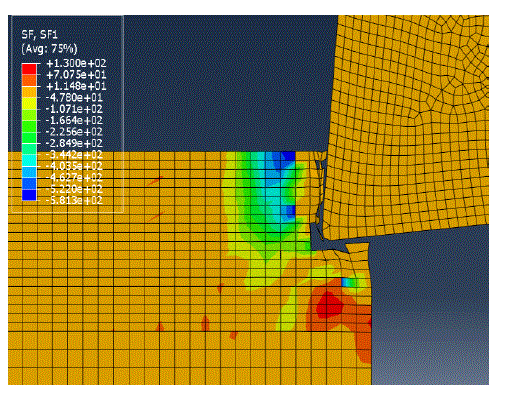 |
| The output of bridge rectifier is 9v hence; a voltage regulator is used to convert the voltage according to the needed voltage for processor, motor and all other devices.ARM supports UART and I2C. Here inter integrated circuit is used to interface with EEPROM. A motor is used to move the model so that it reaches the destination then using GPS the location is detected and a buzzer is triggered. The same destination is displayed in the LCD A driver circuit is used to drive the motor. The latitude and longitude value is known through GPS 634R. The ARM processor with LCD display, GPS, RFID reader and tag is shown in the hardware implementation in the figure 5 |
CONCLUSION |
| The manual fare collection system has many issues which are overcome by our proposed system. Automated fare collection system for public transport using GPS is an innovative idea which reduces man power. In Proteus software the circuit is designed and coding is written in Keil μVision using C language. The amount is automatically reduced according to the distance travelled by the passenger. All the account details and card number is stored in EEPROM. The card number is issued based any proof of the passenger. Implementation is done using ARM 7 LPC2129, L293D, EEPROM, GPS, LCD, Helical gear motor, 4X4 Keypad. In future enhancement instead of EEPROM a server can be maintained to store all the card number and balance details. This smart Embedded System can be implemented in the transport system, which will perform the fare collection automatically. |
References |
|